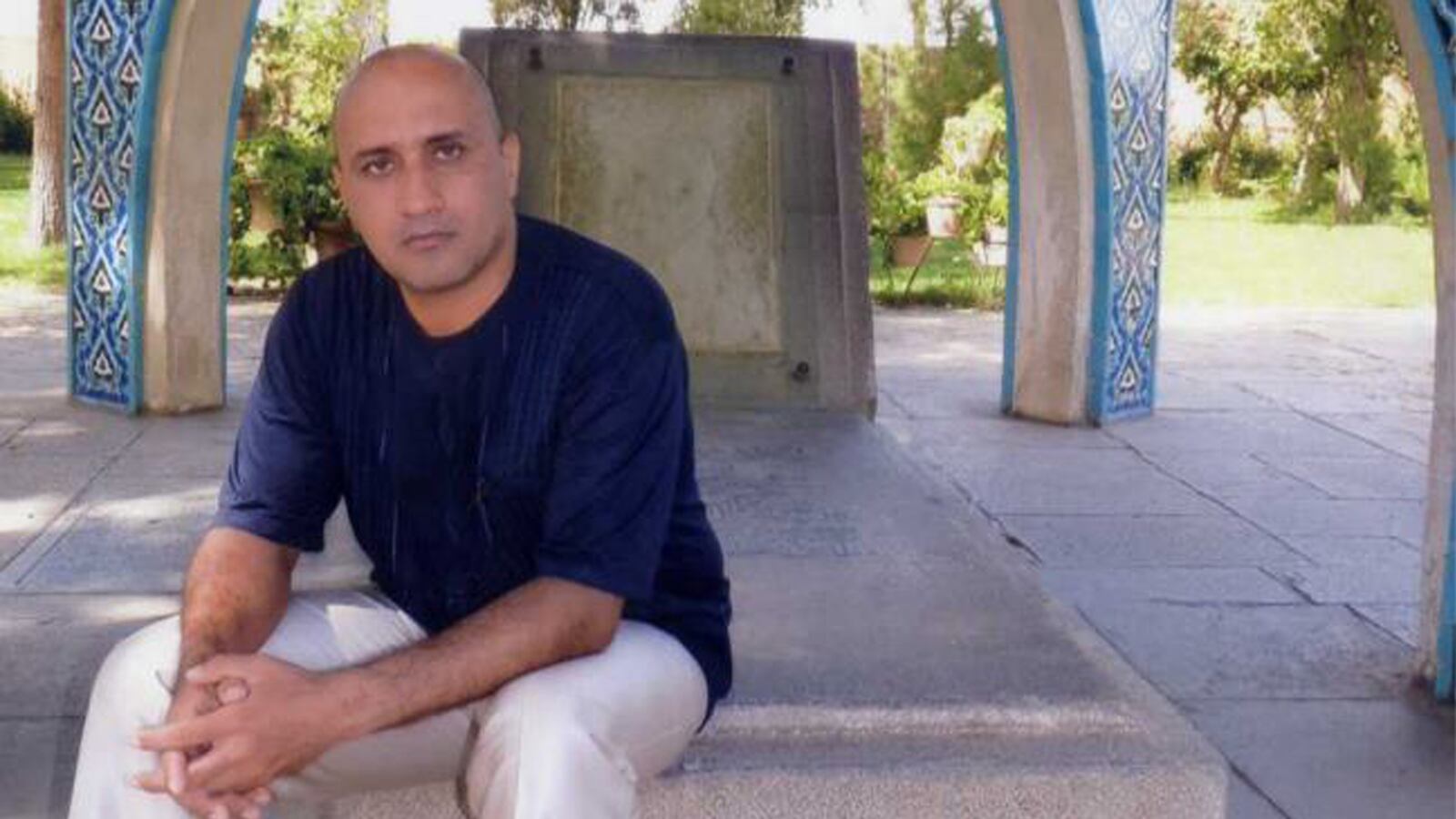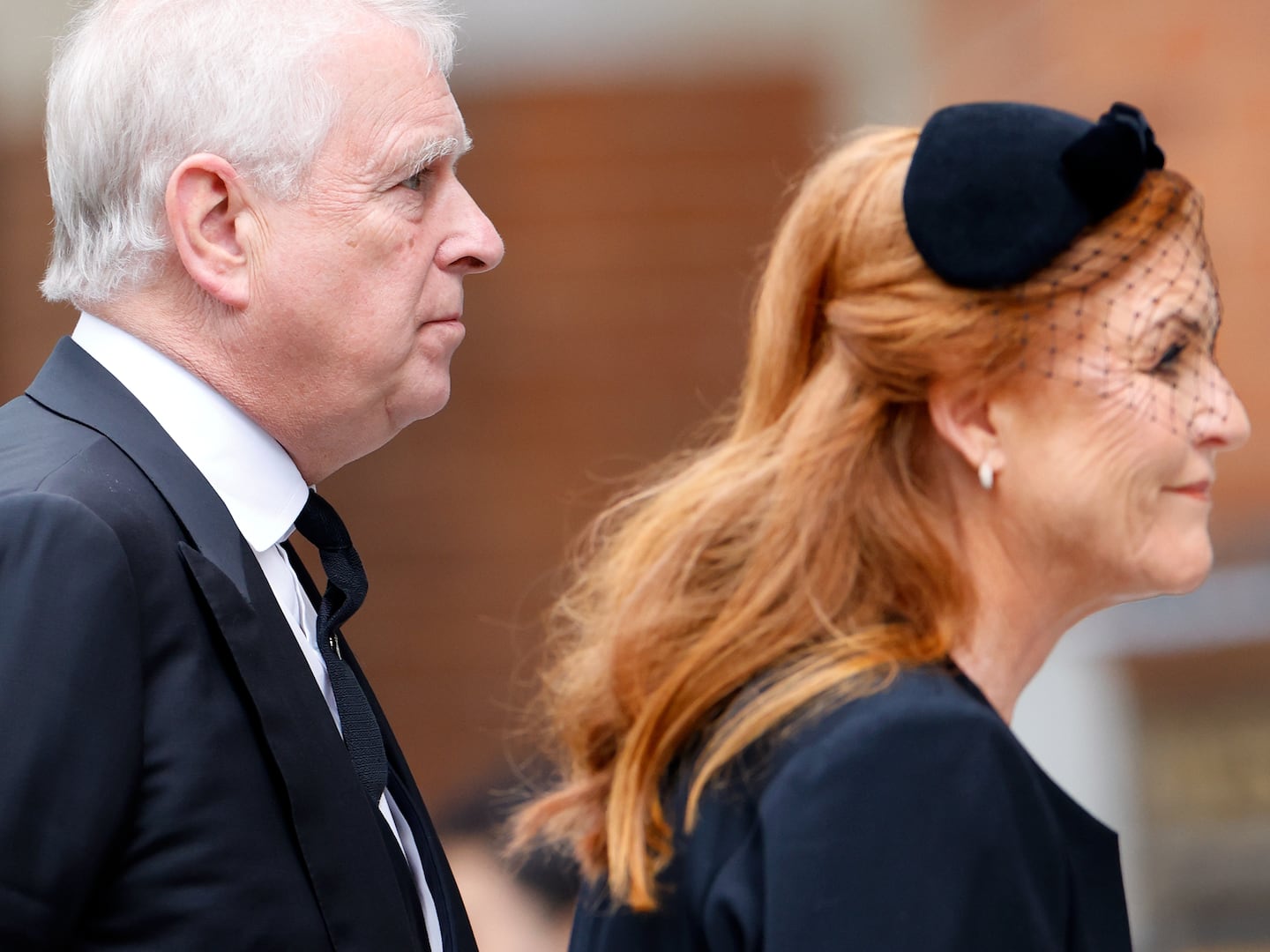The mother was adamant: she would not accept blood money for the death of her child. She even told off Iran’s powerful security forces, who were offering to pay her the diyeh and warning her family not to file charges against the police. “[She] said, ‘I only want those responsible for his murder to be punished,’” a family friend told The Daily Beast.

After relatives of Iranian blogger Sattar Beheshti leaked news of his death—allegedly under torture—to the media on November 6, the Iranian government has once again come under international scrutiny for its savage methods of silencing dissidents. Police rounded up the 35-year-old Beheshti at his home on October 30 in Robat Karim, a city close to Tehran. He reportedly died on November 3, and officials only informed the family three days later, on November 6.
While security forces have reportedly been putting immense pressure on the Behesthi family to let the case go, the blogger’s relatives and friends refuse to be silenced. Beheshti’s sister has given interviews about the shocking details of her brother’s death to a number of Iranian expat journalists and foreign media outlets such as Voice of America. A number of Beheshti’s friends have also spoken out, at great peril to themselves. “The [security forces] told Sattar’s sister that if she talks to the media, they will arrest her,” a family member, who wished to remain anonymous, told The Daily Beast. “Even during the funeral ceremonies, they handcuffed her after her interview with Voice of America, but released her on the family’s insistence.”
The story that Beheshti’s supporters are leaking is grim indeed. According to a source close to the family, Beheshti’s brother-in-law went to view the blogger’s body at the morgue, in order to confirm his identity. “He observed that Sattar had a dent in his skull and a bloody leg,” says the family friend. “He had no doubt that Sattar Beheshti was severely tortured and possibly died of a heart attack under torture.”
A few days earlier, on November 4—a day after the blogger’s death—security forces had appeared at Beheshti’s home and asked his mother whether he’d ever suffered from a heart condition, or whether he’d been taking any medications. In hindsight, the family thinks, they might have been looking for a way to connect Beheshti’s death to a prior illness. When the authorities learned that Beheshti had been healthy, they delivered his body to his family, but reportedly threatened them with arrest if they spoke to the media.
Beheshti’s friends say he was most likely detained for his dissident work. The blogger sent news about political prisoners to Iranian-opposition websites, known as “green websites.” The authorities were sensitive “to his relations with contacts outside the country,” says one friend, and aimed “to put him under pressure to reveal those contacts.” The editor in chief of an opposition website confirmed that Beheshti had sent them news pieces as a concerned citizen-journalist over the past year.
The blogger’s death has received widespread coverage in the international press and put the Iranian regime under intense pressure to explain the incident. Initially, the authorities remained silent on the topic. But on November 11, the Iranian judiciary’s High Council of Human Rights finally confirmed Beheshti’s death and vowed to crack down on the perpetrators. “Any person who is involved in the case, through negligence of fault, will be subjected to immediate, strong, and zero-tolerance prosecution by the country’s judicial system,” the council announced.
The same day, Iranian MP Ahmad Tavakoli criticized the authorities for their ongoing silence in the face of such a tragedy. “This incident has led foreign media to take a stand in the case,” Tavakoli said in front of Parliament. “Why do the foreign ministry and the judiciary not provide an explanation? A death has happened and an explanation must be provided.”
After Tavakoli’s speech, the Iranian Parliament agreed to launch its own investigation into the incident. As a result, high-ranking officials have been scrambling to demand swift action to find those responsible—on Wednesday, it was announced that seven suspects had been arrested in the case—and to cast blame.
Yesterday, Ayatollah Sadeq Larijani, head of the Iranian judiciary, claimed that his branch of government was not responsible for Beheshti’s death. The incident didn’t occur inside a prison facility, he said—which would place it under his oversight—but rather in police custody. “The Iranian judiciary has performed its duty up to this minute and has issued the necessary directives,” Larijani said. “Certainly, if it is proven that this citizen’s death was a result of negligence or torture during detention, forces and authorities responsible for this incident will be punished.”
Even as the authorities have vowed an investigation, they remain hesitant to say whether Beheshti was tortured before he died. On November 14, Iran’s prosecutor general said that he had confirmed five bruised areas on Beheshti’s body. However, he also raised the question of whether the blogger had suffered from a heart condition. Other officials said they doubted any torture had taken place. Alaeddin Boroujerdi, a member of the National Security Commission, said that “according to preliminary reports, no signs of beatings have been observed” on the body, while another MP said that Beheshti had only “a few simple bruises” on his body and claimed that he found the family’s account of the death to be suspicious.
Beheshti’s friends are outraged by such statements. “If Iranian authorities claim that he died of natural causes, why didn’t they deliver his body to his family or allow them to hold a normal funeral service for him, instead of taking the body to the grave themselves?” one friend asks. “Why did they wish for the body to be buried so quickly? Why has the family been placed under the surveillance of security forces, and why were their comings and goings prevented?”
Meanwhile, a few days after Beheshti’s death, in an unprecedented act, 40 political prisoners at Evin Prison—the notorious jail where Beheshti was held momentarily before being transferred elsewhere—apparently signed a letter stating that when Beheshti arrived at the prison, they observed that he “was in a painful physical and psychological condition.” The letter went viral on the Internet after its release. A political activist who has previously published letters by prisoners has confirmed the authenticity of the letter.
According to this letter, Beheshti told the other prisoners that while he was being held at the Security Police headquarters, he had been hung from the ceiling and subjected to severe beatings. “His hands and feet were tied to a chair and he was beaten again,” the letter says. “Sometimes they would forcefully handcuff his hands together [behind him] and beat him up, and other times, they would throw him on the ground and kick him hard in his head and neck with booted feet, using vile profanities and threatening him with murder.”
The Parliament’s National Security Commission released a short report on Wednesday stating that it is still waiting for the medical examiner’s full autopsy report.
International watchdogs say that Beheshti’s death is a sorrowful reminder of Iran’s troubling record with deaths inside its prisons. Human-rights organizations have documented the “accidental” deaths of at least 17 individuals since 2003, not including those officially executed by authorities. Activists say that the Iranian regime avoids punishing police or security forces for alleged torture, and that a culture of impunity leads to fruitless investigations in cases similar to Beheshti’s.
Ahmed Shaheed, the U.N. Special Rapporteur on human rights in Iran, raised concerns about the government’s lack of accountability in this regard in his October report to the General Assembly. “Failure to address human-rights violations and breaches of the rule of law contribute to a culture of impunity, which effectively negates the protection offered by the country’s legal framework,” stated the report.
Others say they worry how many more dissidents will die in prison before the situation changes inside Iran. “Baheshti’s death in custody is just the latest example of the government’s shocking, stomach-turning attacks on the media in Iran,” says Sarah Leah Whitson, the Middle East and North Africa director at Human Rights Watch. “How many more journalists must die in custody before some restraint is imposed on security forces?”
“The announcement of an investigation suggests that this time, they really crossed a red line,” Whitson says. “But let’s see if there is any real accountability.”






